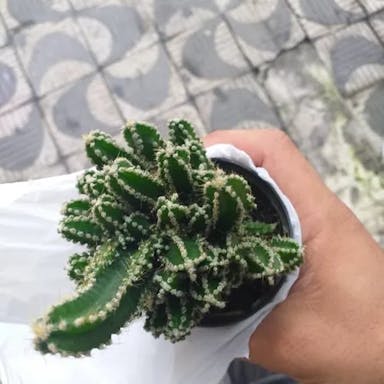Woolly lavender is prone to insects such as aphids, spider mites and whiteflies that can damage by sucking sap and weaken growth. Control measures include checking regularly, pruning affected areas and using insecticidal soap or neem oil.
Diseases like root rot, powdery mildew and fungal leaf spots can also affect the plant, leading to wilting, yellowing leaves and decline. To prevent, avoid overwatering, improve air circulation, remove infected parts quickly.
Environmental stresses like temperature extremes, poor drainage or insufficient sun may cause withering. Proper care - well-draining soil, enough sun, avoiding waterlogging - helps prevent withering.
The lavender plant, covered in woolly hairs, can fall victim to sap-sucking bugs that stunt its growth. Regular checks, trimming of damaged parts and natural pesticides keep pests at bay. Wilting and yellowing leaves may signal fungal diseases promoted by wet conditions. Proper soil, sunlight and air flow helps the plant withstand environmental stresses and remain healthy.










